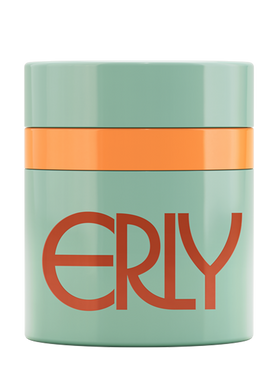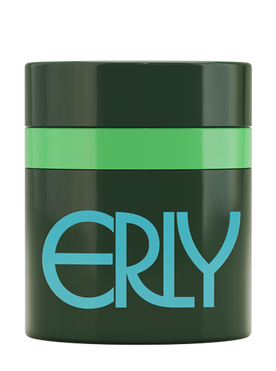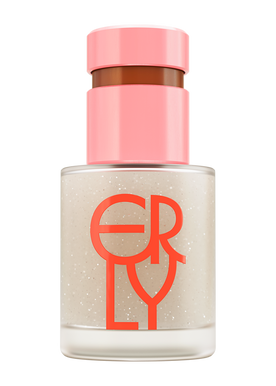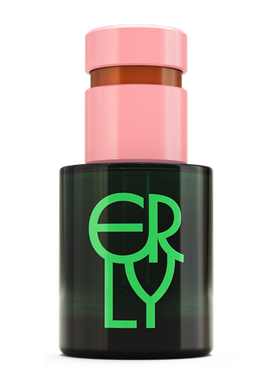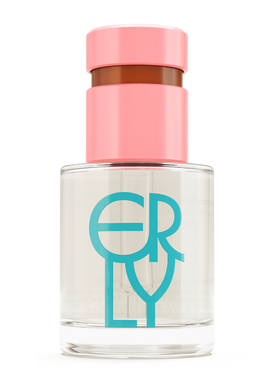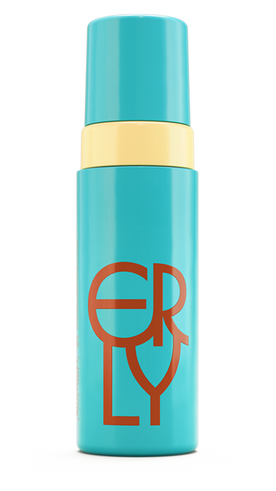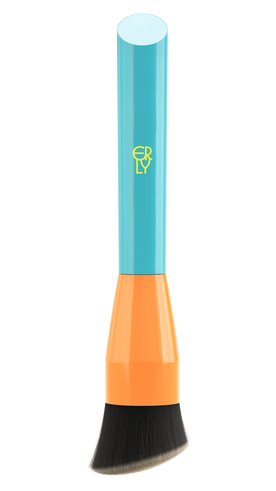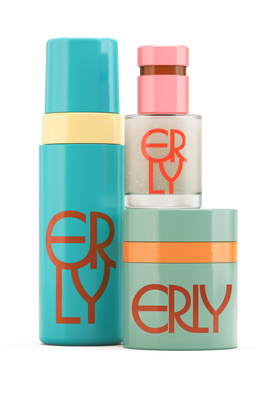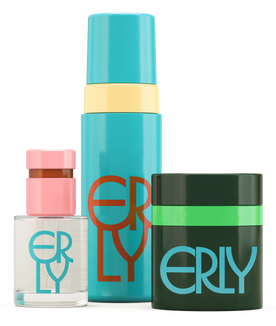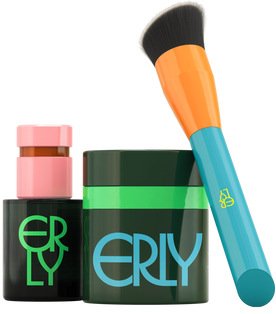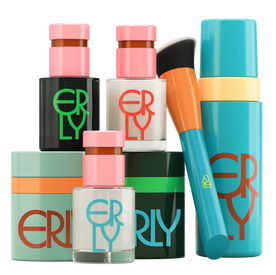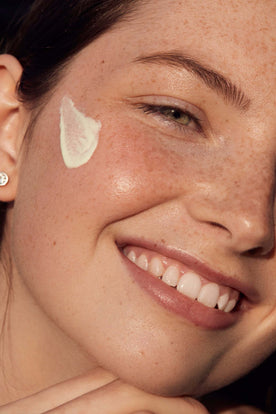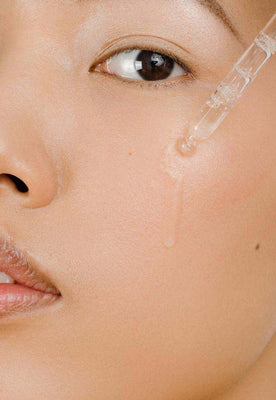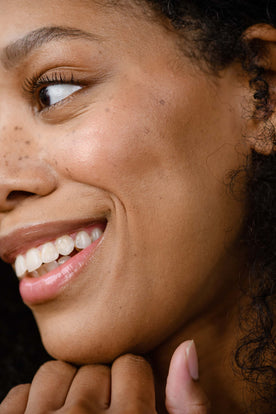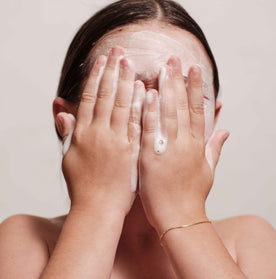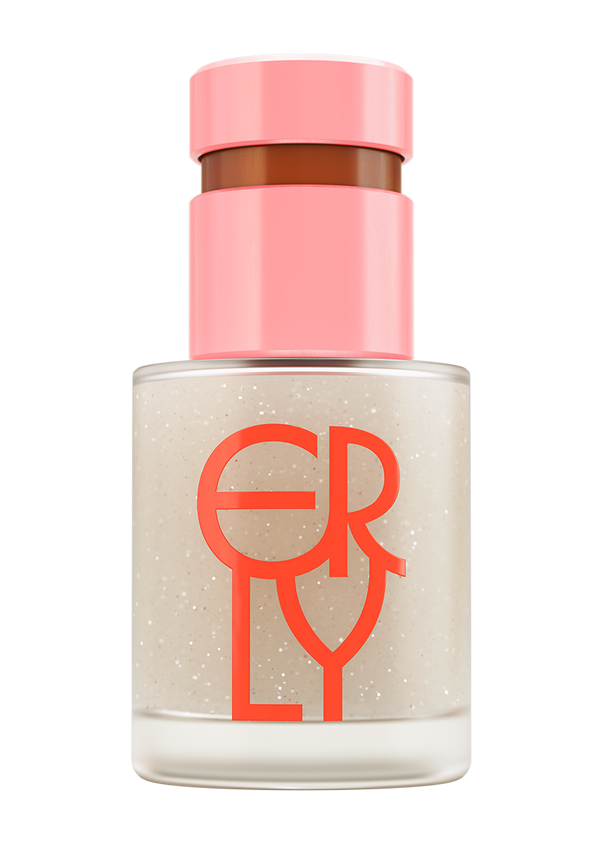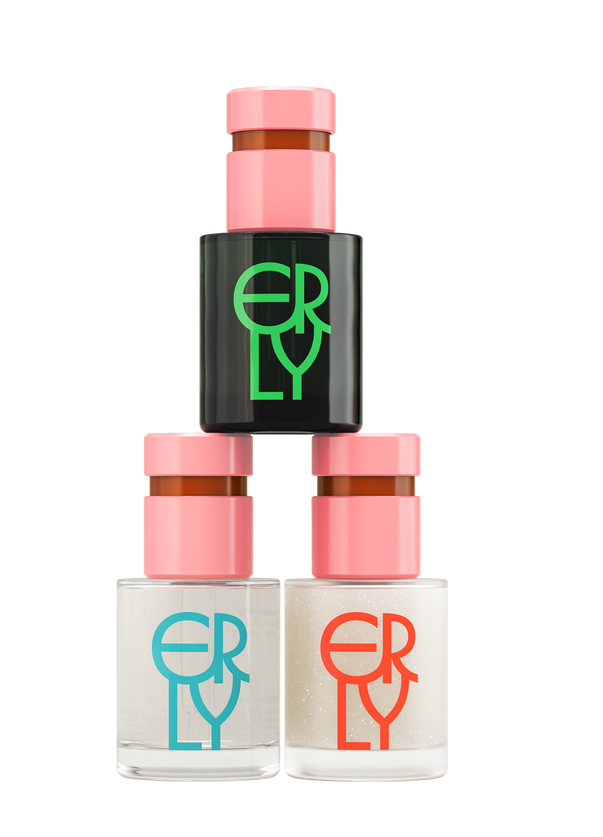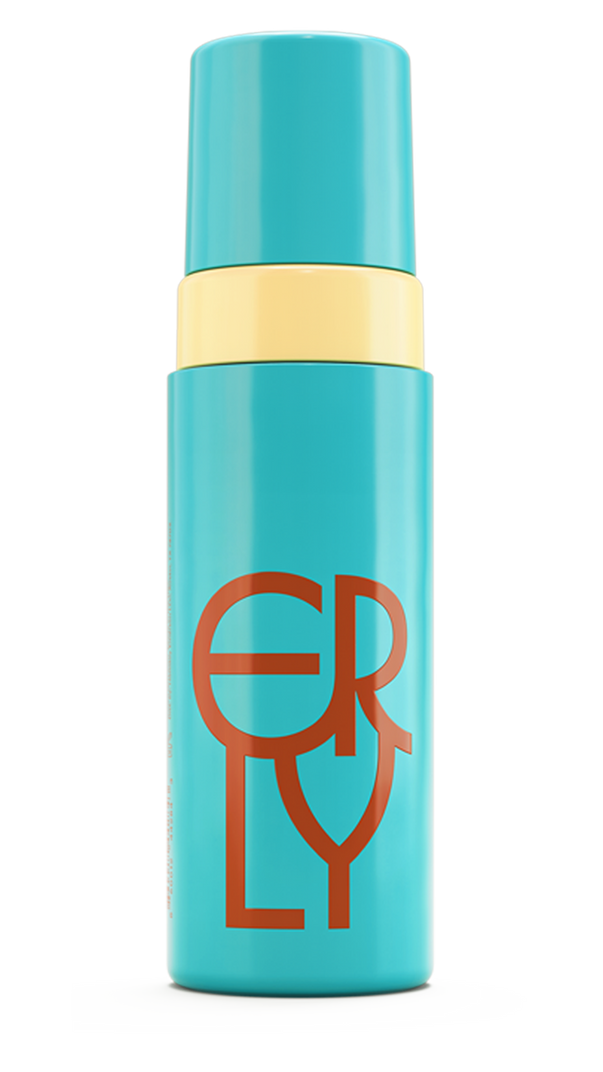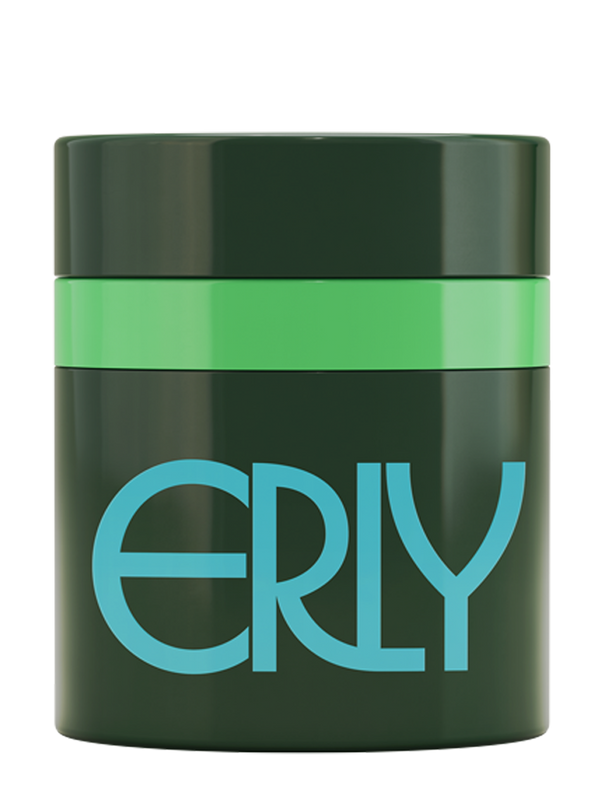If you’ve spent any time on TikTok or Reddit’s SkincareAddiction threads, you’ve likely come across the term slugging. No, it’s not about garden pests or boxing techniques—it’s a viral skincare trend that promises glowy, glass-like skin by morning. While the concept has been around in dermatology for decades, the internet gave it a trendy name and brought it into the mainstream.
But is slugging actually good for your skin, or just another fleeting beauty craze? As a board-certified dermatologist, I have some thoughts.
Let’s break it down.
What Is Slugging?
Slugging is the practice of applying a thick occlusive layer—typically petroleum jelly (like Vaseline or Aquaphor)—as the last step in your nighttime skincare routine. The idea is to seal in all the hydrating and active ingredients underneath and prevent water loss overnight.
The term “slugging” comes from the glossy, shiny appearance your skin takes on once slathered in ointment—kind of like a slug trail. Cute, right?
In dermatology, we’ve been recommending occlusives like petrolatum-based products for decades to treat conditions like eczema, skin barrier damage, or extremely dry, cracked skin. But slugging as a nightly ritual for all skin types? That’s where things get a bit more complicated.
The Science Behind Occlusives
To understand slugging, it helps to know a bit about how moisturizers work. There are three types of moisturizing ingredients:
-
Humectants (like hyaluronic acid and glycerin) draw water into the skin.
-
Emollients (like ceramides) soften and smooth skin texture.
-
Occlusives (like petrolatum) form a barrier to lock moisture in.
Slugging focuses on the third category—occlusives. When applied correctly, they can significantly reduce transepidermal water loss (TEWL), keeping your skin hydrated and helping your barrier repair overnight. That’s a win, especially during cold, dry months or for those with compromised skin.
Who Should Try Slugging?
Slugging can be incredibly beneficial for certain skin types and concerns. Here’s who might want to incorporate it into their routine:
• Dry, Dehydrated, or Barrier-Damaged Skin
If your skin feels tight, flaky, or irritated—particularly after using actives like retinoids or exfoliating acids—slugging can help your barrier heal more quickly. It’s a protective, nurturing step that prevents further moisture loss while you sleep.
• Eczema-Prone Skin
Those with eczema (atopic dermatitis) often have an impaired skin barrier. Petrolatum-based products can help reduce flare-ups, especially when used as a maintenance layer over prescription treatments or moisturizers.
• Cold or Windy Climates
Winter weather can be brutal on the skin. If you’re dealing with cold, dry air that saps moisture from your face, slugging may give your skin the extra protection it needs.
Who Should Skip Slugging?
While slugging sounds like a universal miracle, it’s not right for everyone.
• Acne-Prone or Oily Skin
This is where slugging can backfire. Occlusives can trap not just moisture—but also oil, sweat, bacteria, and comedogenic ingredients underneath. If your skin is acne-prone or prone to clogged pores, layering on thick ointments could worsen breakouts.
• If You're Using Active Ingredients That Irritate Your Skin
Slugging after applying strong actives—like retinoids, exfoliating acids (AHAs/BHAs), or vitamin C—can intensify their effects by enhancing penetration. That might sound appealing, but it can lead to more irritation, not less. If you slug over actives, proceed with caution—and only after patch-testing.
How to Safely Try Slugging
If you’re curious to try slugging, here’s a dermatologist-approved approach:
-
Cleanse Gently: Start with a non-stripping cleanser like ERLY Face Foam, which removes oil, dirt, and makeup without drying out your skin.
-
Apply Your Hydrating Serums: This is where humectants shine. ERLY Daily Splash is ideal—it contains three forms of hyaluronic acid that draw water into the skin, prepping it for slugging.
-
Optional: Add a Lightweight Moisturizer: If your skin needs extra nourishment, layer on something hydrating but breathable. ERLY Night Moisturizer, with hyaluronic acid and vitamin E, is a great prep step before occlusion.
-
Seal It In: Apply a thin layer of your chosen occlusive—classic Vaseline or a petrolatum-based balm. If you’re acne-prone, you can try slugging just on dry patches or skip entirely.
-
Don’t Overdo It: Slugging doesn’t need to be nightly. Once or twice a week is plenty for most skin types.
Are There Alternatives to Full-Face Slugging?
Absolutely. If your skin is combination or acne-prone, consider “spot slugging”—applying the occlusive only to areas that are especially dry, irritated, or healing from a breakout. Think flaky patches around the nose, cracked corners of the mouth, or windburned cheeks.
You can also opt for hydrating, barrier-repairing products that don’t require full occlusion. ERLY Night Moisturizer provides barrier support without that heavy, greasy feel—making it a perfect alternative for those who want results without the slug.
Final Thoughts
Slugging isn’t new, but it’s been rebranded in a way that has captivated skincare lovers everywhere. For some, it’s a game-changer for dry, stressed skin. For others, it’s a recipe for clogged pores and breakouts.
As with all trends, remember this: Skincare isn’t one-size-fits-all. What works for your best friend—or a stranger on the internet—might not work for you. If you’re unsure, start small, patch test, and listen to your skin.
And if you want a simplified routine that hydrates, strengthens, and soothes without the mess, ERLY’s gentle, dermatologist-developed formulas are a smart place to start.
